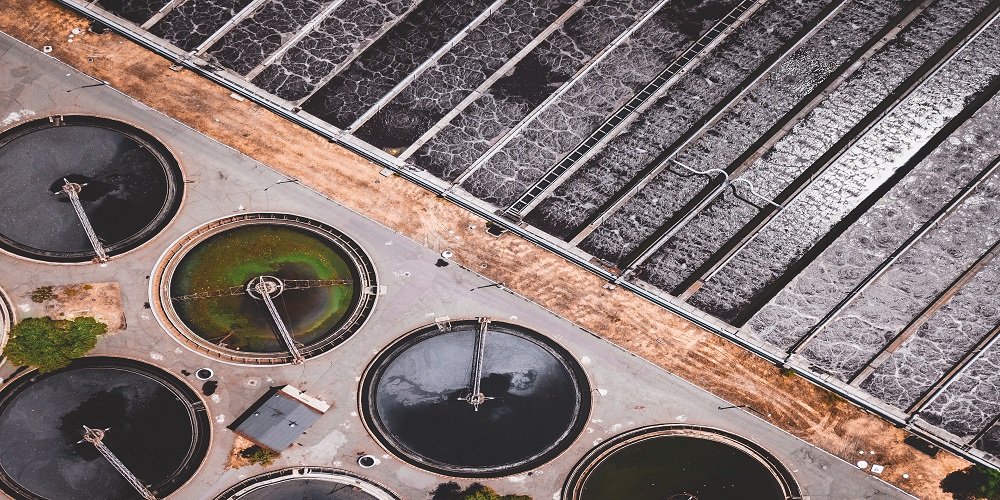A septic system is an on-site waste water treatment system that is commonly used in rural and suburban areas where there is no access to a central sewage system. A septic system consists of a septic tank that is used to separate and partially treat the waste water and a drain field that is used to further treat the waste water by allowing it to slowly filter through the soil.

Septic systems are an essential part of many homes. They are often shrouded in misconceptions and myths. To maintain your septic system, it’s important to understand the facts about septic care.
Myth #1: Septic systems require little to no maintenance.
Fact: Like any other existing system set in place, the septic system also requires periodic maintenance to function properly. This includes pumping out the tank every 3 to 5 years, it also involves checking and maintaining the drain field.
Myth #2: You can flush just about anything down the toilet.
Fact: Septic system is designed to process human waste and toilet paper. Items such as wipes, feminine products, and grease can clog the system and cause damage.
Myth #3: You can plant trees and bushes over the drain field.
Fact: It is not a good idea to plant trees and bushes over the drain field as the roots of these plants penetrate the drain field and clog the pipes. It can potentially cause the system to choke and fail.
Myth #4: Chemical treatments are necessary for maintaining a septic system.
Fact: Chemicals are not necessary for maintaining a septic system. Many chemical treatments can be harmful to the system as they disrupt the balance of bacteria in the system responsible for breaking down and processing waste. Therefore, chemicals should be avoided.
It is important to keep your septic system in good condition by scheduling periodic pump-outs, avoiding behaviors that can damage the system, and monitoring the system for signs of malfunction.
There are many uses for septic systems, such as:
- Treatment and disposal of waste water from homes and businesses that are not connected to the public sewage system.
- Treatment of greywater, which is water from sinks, showers, and laundry that is not contaminated with human waste.
- Treatment and re-usage of rainwater, which allows for reducing the amount of water that is pumped from wells and municipal sources.
- Treatment of agricultural wastewater from farms, ranches, and other agricultural operations.
It is important to note that septic systems need to comply with provincial regulations as some provinces have specific regulations and requirements in terms of design, installation, and maintenance for septic systems. It is mainly because certain areas have unique environmental conditions that include high-water tables, rocky soil, or sensitive ecosystems. With proper care, septic systems can last for decades and provide a cost-effective solution for waste water management.
